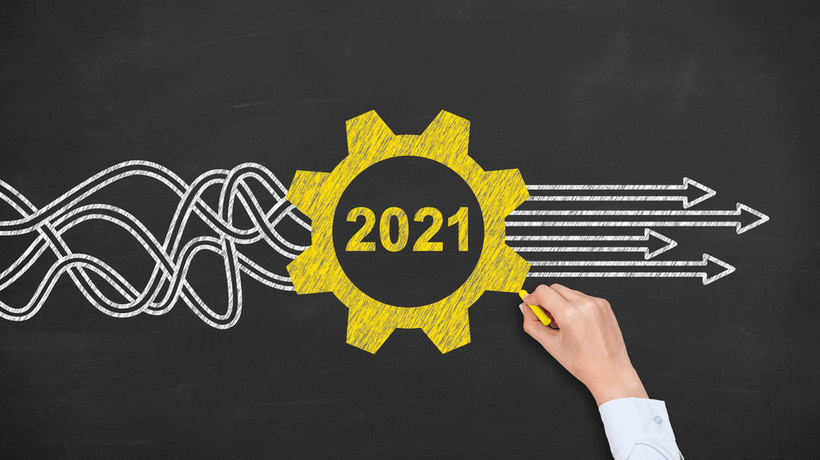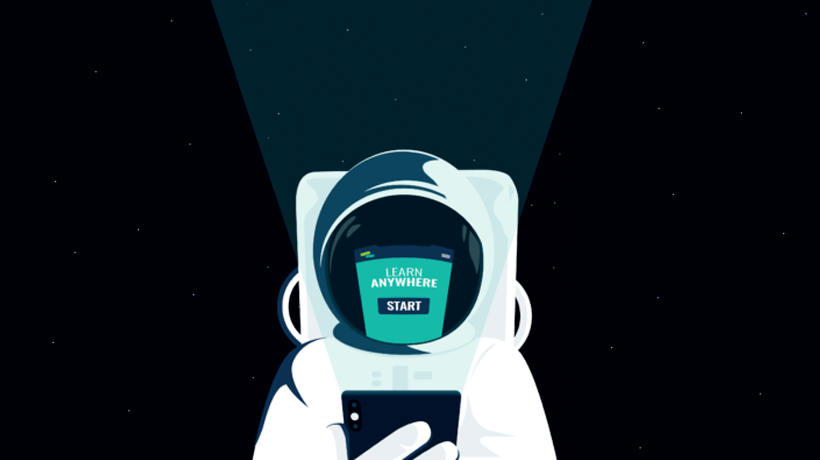How To Drive Workforce Behavioral Change In 2021
Today’s training leaders are well-aware of the significant impact of digital transformation on the contemporary market environment, yet not all recognize its implications for the future of work. With the increase in the use of digital technologies and the rising popularity of the distributed workforce model over the COVID-19 pandemic, it became clear that many organizations struggle to catch up with the rapid market changes. This, as well as the overall speed of market changes, creates a skills gap among the company’s employees, bringing the need for more efficient reskilling and upskilling initiatives.
Bridging The Skills Gap To Drive Behavioral Change
The same technology that is creating the skills gap can also be utilized to bridge it. With the advent of AI and Machine Learning, today’s training leaders can use data to automatically drive behavioral change in the workplace. Training leaders want their workforces to be agile, productive, and engaged. To achieve that, it is important to emphasize the individual learning experience of each employee tailored to the development of their knowledge and the way this newly acquired knowledge is immediately applied.
Key L&D Strategies To Drive Desired Behaviors
Today’s workforces come from various cultural, social, academic, racial, and generational backgrounds. As a result, the one-and-the-same L&D strategy won’t work for every employee equally. The following training strategies can help tailor learning to individual goals and expectations.
1. Provide Ongoing Personalized Learning
Good onboarding practices can improve employee retention by 82% [1] and boost employee productivity by 70%. However, the onboarding process is only the beginning of the employee journey. Once employees have settled in their roles, they need consistent personalized training to capitalize on their existing skills and to develop new ones. One way to provide effective personalized training on an ongoing basis is to utilize people analytics. A better understanding of your workforce analytics and using such data in an efficient way allows training leaders to not only see the big picture but also to automatically deliver a customized learning experience for each employee based on their unique goals and current skills gaps. This, in turn, will help to implement better workforce management strategies and boost productivity at a macro level.
2. Deliver Learning At The Right Time
Once employees enter the field, they need continuous access to resources in case of challenging situations resulting from skills and knowledge gaps. A study by CEB showed that 57% of the employees expected learning to be more Just-In-Time [2] compared to previous years because it helps provide ongoing support to each employee by delivering the right information based on the worker’s needs at the moment of need. Moreover, personalization and immediate feedback have a significant impact on employee productivity and engagement. In the fast-paced market environment we are observing today, with rules, regulations, and policies changing on short notice, Just-In-Time learning supports the training of an agile and resilient workforce.
3. Reinforce Existing Knowledge
If employees retained 100% of the information after familiarizing themselves with it just once, L&D leaders’ work would have been a breeze. However, after just 24 hours, our brains start forgetting new knowledge at a rapid speed, and if we forget up to 90% of information within a month, almost 70% of it is gone within just the first day. Behavioral change is not only about teaching new skills but also building upon the existing ones by reinforcing what’s been learned. This can be achieved by tracking how new information is applied at work or testing new knowledge within the learning environment. If the previous step shows that employees have not absorbed the information, a learning module is redelivered to reinforce knowledge automatically. As a result, employees receive a more structured and memorable learning experience.
4. Present Information In Bite-Sized Chunks
It’s impossible to drive behavioral change in the workplace without addressing specific behaviors, and those vary between employees. By using AI and people analytics data, companies can implement personalized learning to identify and solve performance issues. Microlearning as a trend in L&D has been around for a long time, and successful companies are already leveraging it for employee upskilling and reskilling, but since the contemporary business environment relies heavily on data, a data-driven microlearning program is essential for gaining a competitive edge. Modern learners are busy, distracted, and overwhelmed by the abundance of information, so they absorb and retain knowledge much better when it’s delivered in smaller chunks and just when the need arises. In fact, delivering bite-size pieces of information instead of stretching a course over a day can increase the transfer of knowledge by 17%.
5. Promote Knowledge Sharing
Giving employees the chance to exchange their progress promotes a workplace culture of learning. With the advancement of digital technologies, knowledge sharing and learning have become integrated into companies’ workflows [3], and having the right tools to promote more effective knowledge exchange between employees can help improve mentorship opportunities and boost productivity. Moreover, knowledge sharing is a powerful driver of innovation and is essential for sustaining ongoing operations and ensuring the company’s growth.
6. Design Training For Scalability
76% of employees [4] appreciate career growth opportunities, and with the rapid market and technological developments job roles and positions shift quite a lot. Today’s training leaders should be prepared to engage workforces at all levels of the organization and all employees on an individual level. Forward-thinking companies are already investing in training their workforces at every stage of their growth utilizing new technologies such as Machine Learning and AI. More strategic talent decisions and more effective upskilling and reskilling programs can be designed by leveraging a data-driven approach to training delivery along with people analytics.
Driving Behavioral Change In 2021 And Beyond
Driving desired behaviors in the workplace has become a more targeted effort thanks to the digital transformation and the advance of such technologies as AI and Machine Learning. To successfully manage human capital amidst the ever-changing business landscape, and especially in light of the COVID-19 pandemic, there is a sense of urgency in developing efficient employee reskilling and upskilling initiatives.
The implementation of data-driven learning will help organizations get the most out of their existing talent base and create an agile and resilient workforce. Moreover, data shows that well-learned employees are more productive—businesses that utilize people analytics and personalized learning saw a boost of productivity by 10% even during the pandemic.
Last but not least, driving desired behaviors at the workplace is key to boosting employee engagement and cultivating healthy company culture. With better learning programs that align employees’ personal goals with organizational KPIs, today’s training leaders can prepare for the business challenges of the future, improve employee productivity, and promote organizational growth.
References:
[1] The True Cost of a Bad Hire







